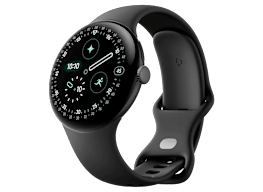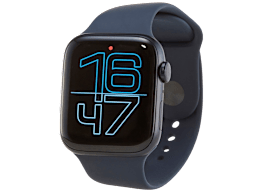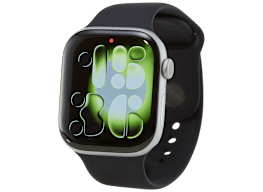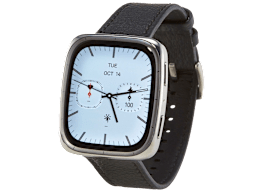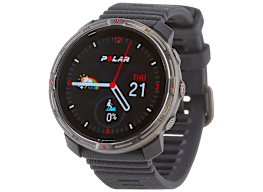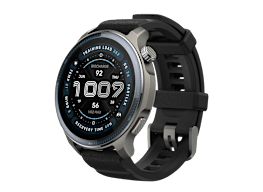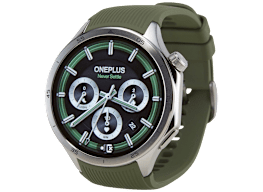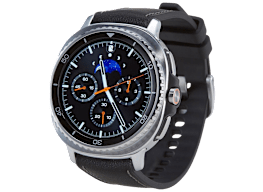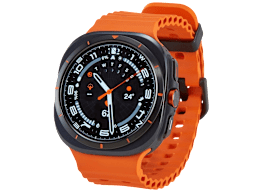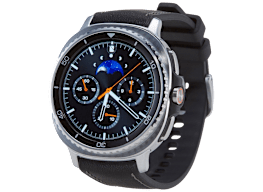
How to Choose a Smartwatch or Fitness Tracker

Home & Tech Writer
Smartwatches and fitness trackers offer an easy, on-the-go way to keep track of your digital life and health. Most models can handle texts and phone calls, make touchless payments, and play music, all right from your wrist. And thanks to a variety of built-in sensors, these wearables also collect a wide range of insightful health and fitness data. They can monitor your sleep, track your heart rate, and even detect heart rhythm irregularities.
Many models need to be paired to a smartphone via Bluetooth for full functionality, but some offer a cellular connection that allows you to go for a run or a bike ride without your phone and still receive calls and texts and access your playlists.
And wearable technology continues to evolve. Early smartwatch models were bulky, but today’s offerings are often sleeker and look and feel more like regular watches, with the dressier cases and strap options to match. Even fitness-oriented trackers, which are typically designed as bands, now look nice enough to fit right in at the office or social events.
Below, we cover what you need to know to find the right smartwatch or fitness tracker, including different prices, key things to consider when shopping, and details about the main capabilities.
Plain vs. Pricey
When it comes to choosing a smartwatch or fitness tracker, your budget could play a big role. If you want to save money, you might consider a model that tracks essential health metrics but lacks sophisticated features like EKG monitoring. You can also choose a more basic fitness-oriented tracker—a subcategory of wearable that typically lacks a full-featured touchscreen display.
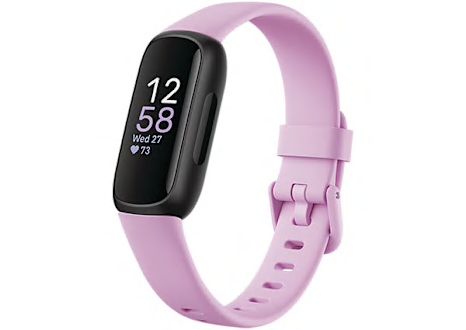
Budget-Minded and Basic
Basic smartwatches and fitness trackers can collect data on your walks and workouts. The apps available will depend on your watch’s operating system, but even bare-bones models will notify you of incoming calls, email, and texts. Basic models typically cost between $100 and $250.
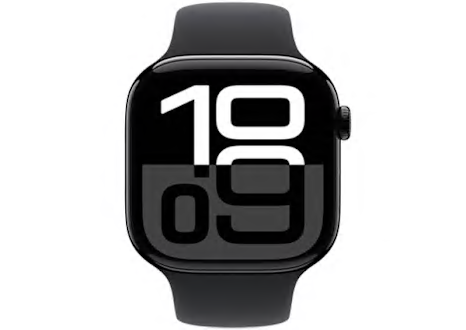
Swanky and Sophisticated
In addition to performing all the basic functions you’d expect from a smartwatch, more sophisticated watches offer features such as larger displays, voice-command capability, and advanced health tracking features like electrocardiogram sensors and sleep apnea detection. These models, which often offer a stainless steel or titanium case and a fancy leather or bracelet-style strap, can cost anywhere from $250 to $800 and up.
What to Look for When Shopping
When choosing a smartwatch or fitness tracker, it’s important to consider its compatibility with your smartphone, its battery life, and the fit and feel on your wrist. Other factors to keep in mind range from how easy it is to recharge the device to its ability to respond quickly to user inputs, and the accuracy of step counts and heart rate monitoring.
Here are a few important considerations.
Compatibility: Above all, make sure the smartwatch or fitness tracker will be compatible with your existing smartphone. For example, Apple Watches work only with iPhones, whereas Android smartwatches that run on Google’s Wear OS can be used only with Android phones. Other models, like Fitbit smartwatches and fitness trackers, can work with either iPhones or Android phones. In general, buying a smartwatch or fitness tracker that matches your phone brand can ensure seamless compatibility.
Comfort: Your smartwatch should be comfortable to wear, so if the one you’re trying seems large and clunky, keep on shopping. Fit makes a difference when it comes to getting accurate heart rate readings. A strap or band that’s too loose or tight can throw off the watch’s sensors.
Battery life: This can range from one day to more than two weeks, depending not only on the watch’s battery but also on how you use the watch. Certain apps—GPS, for example—are especially power-hungry.
Water resistance: Most smartwatches are at least somewhat water-resistant, but only certain models can handle a dip in a pool or a deeper dive. Check the watch’s IP rating in its specs if this is an important feature to you.
Charging: Some smartwatches come with convenient wireless chargers. Others come with snap-on docks for charging, while some require a cable that plugs into the watch itself.
Key Smartwatch Capabilities
- 1
- / 6
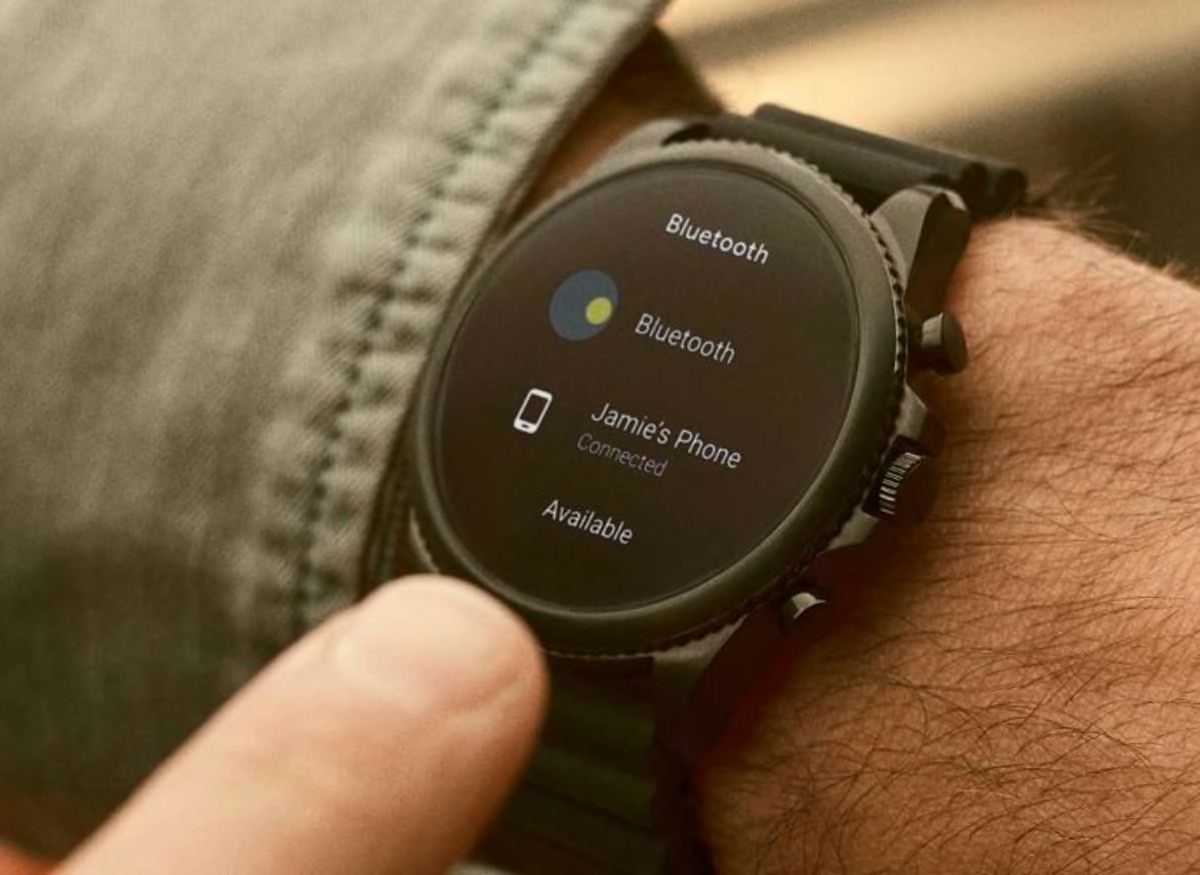
Pairing
You might want to think about a smartwatch or fitness tracker as a smartphone accessory because most of them connect to your phone via Bluetooth or a WiFi network. Even smartwatches with cellular data connections rely on a connection to your phone.
PHOTO: FOSSIL
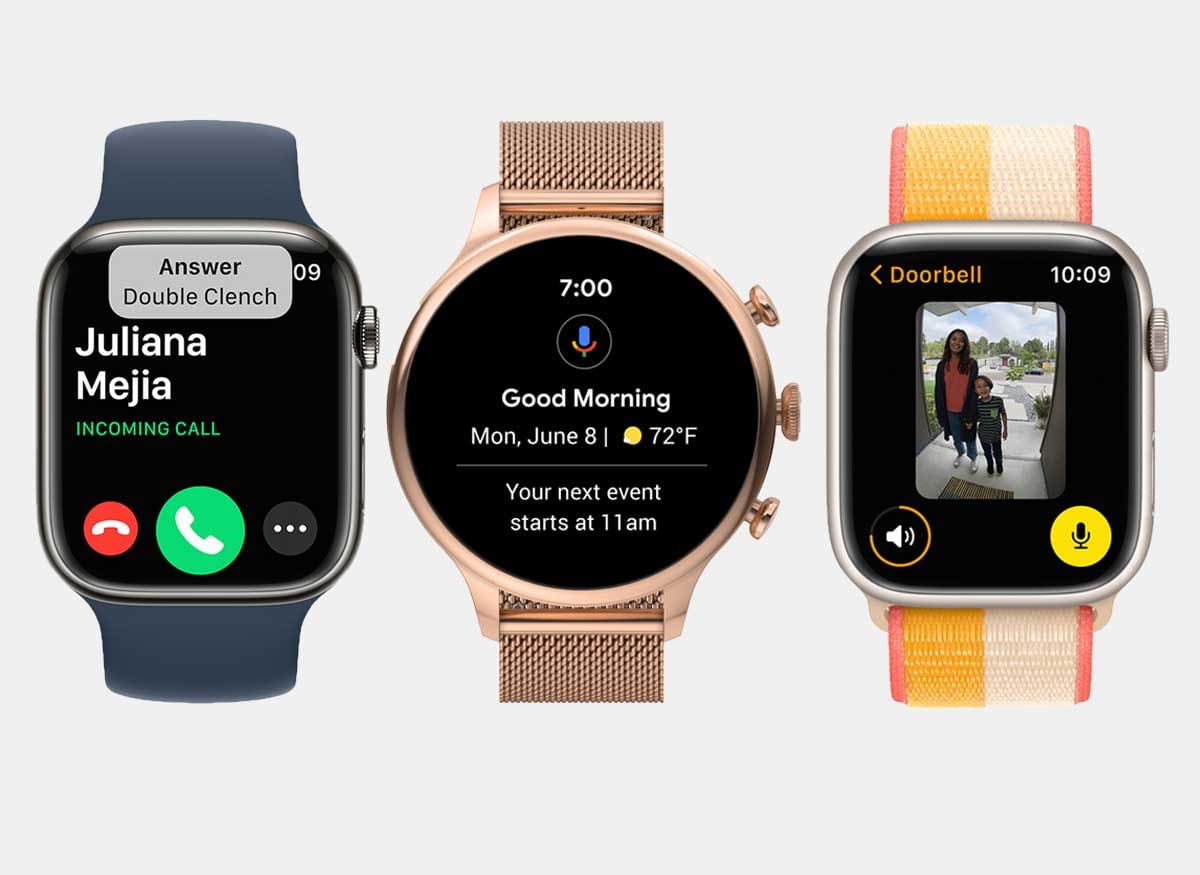
Notifications and Alerts
When paired with your smartphone, a smartwatch can notify you—via vibration, sound, or both—of incoming calls, texts, messages, social media notifications, and other things.
PHOTO: APPLE, FOSSIL
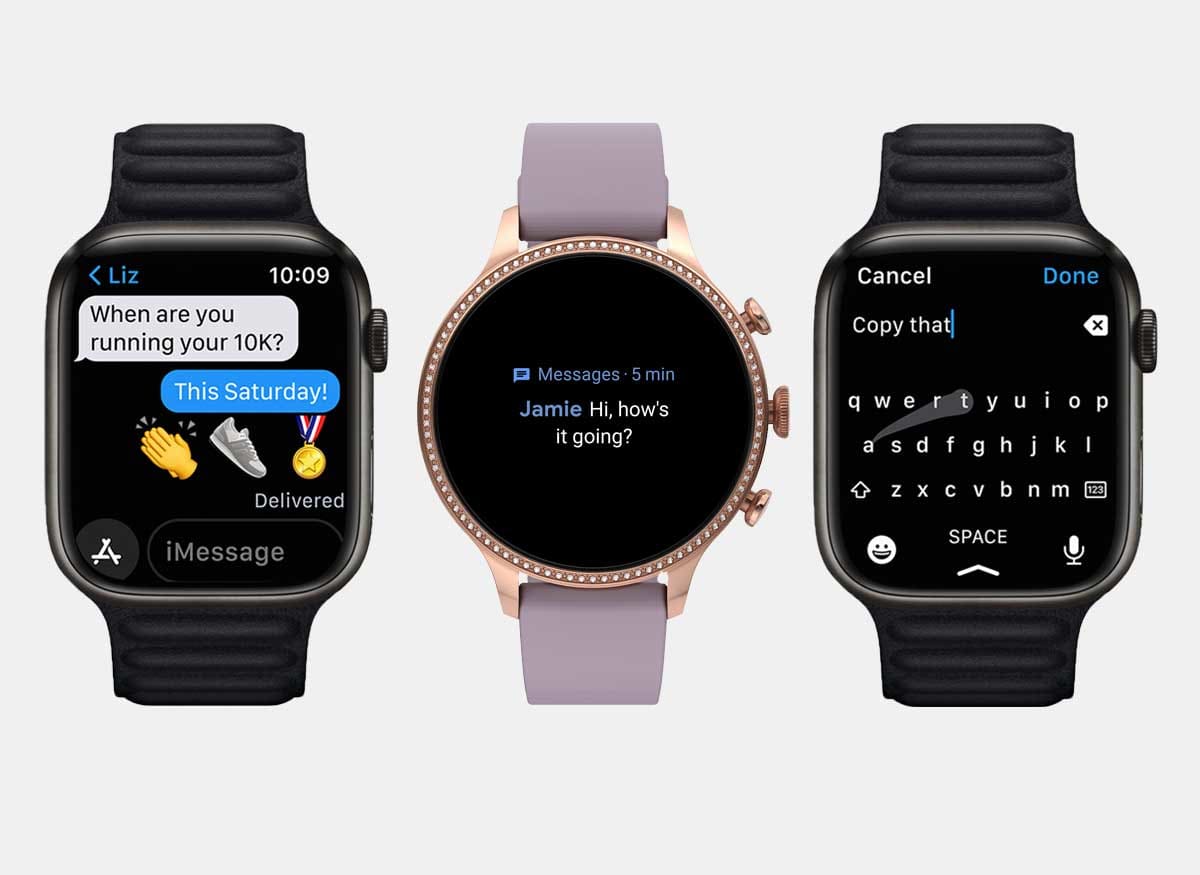
Messaging and Phone Calls
Most smartwatches let you respond to incoming email and texts. Some offer prepopulated replies, such as “Sorry, I’m busy right now” and “I’ll call you back later.” Others have a microphone and a speaker that will allow you to take phone calls and dictate messages. A watch with cellular capability will allow you to take and make calls without your smartphone in tow.
PHOTO: APPLE, FOSSIL
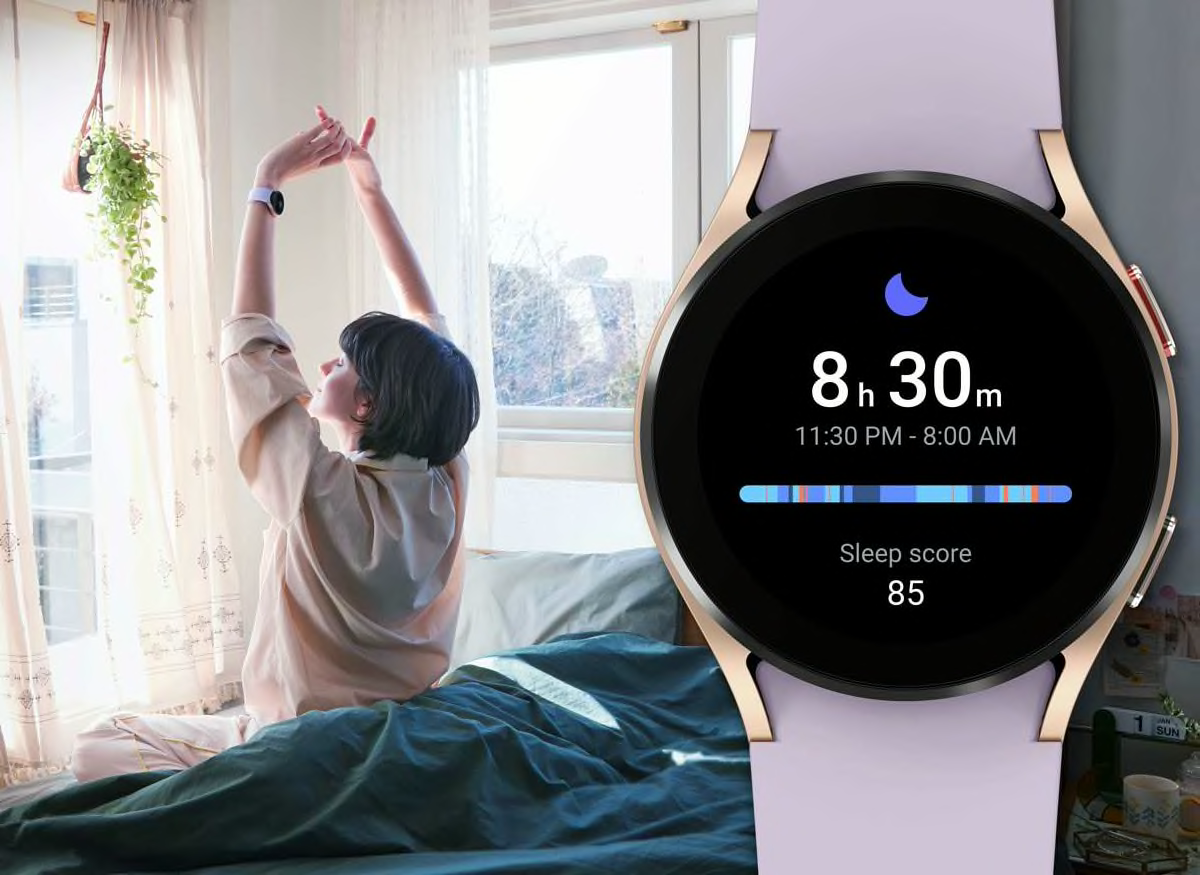
Activity Tracking
Most smartwatches and fitness trackers can count your steps and monitor your heart rate, while others feature barometers and GPS tracking to help track your outdoor workouts. Many work with fitness apps that keep records of your workouts and daily movement and help you track your calorie intake and calories burned. Some have sleep tracking functions that can tell you how long you slept at night, along with other detailed data about your slumber.
PHOTO: SAMSUNG
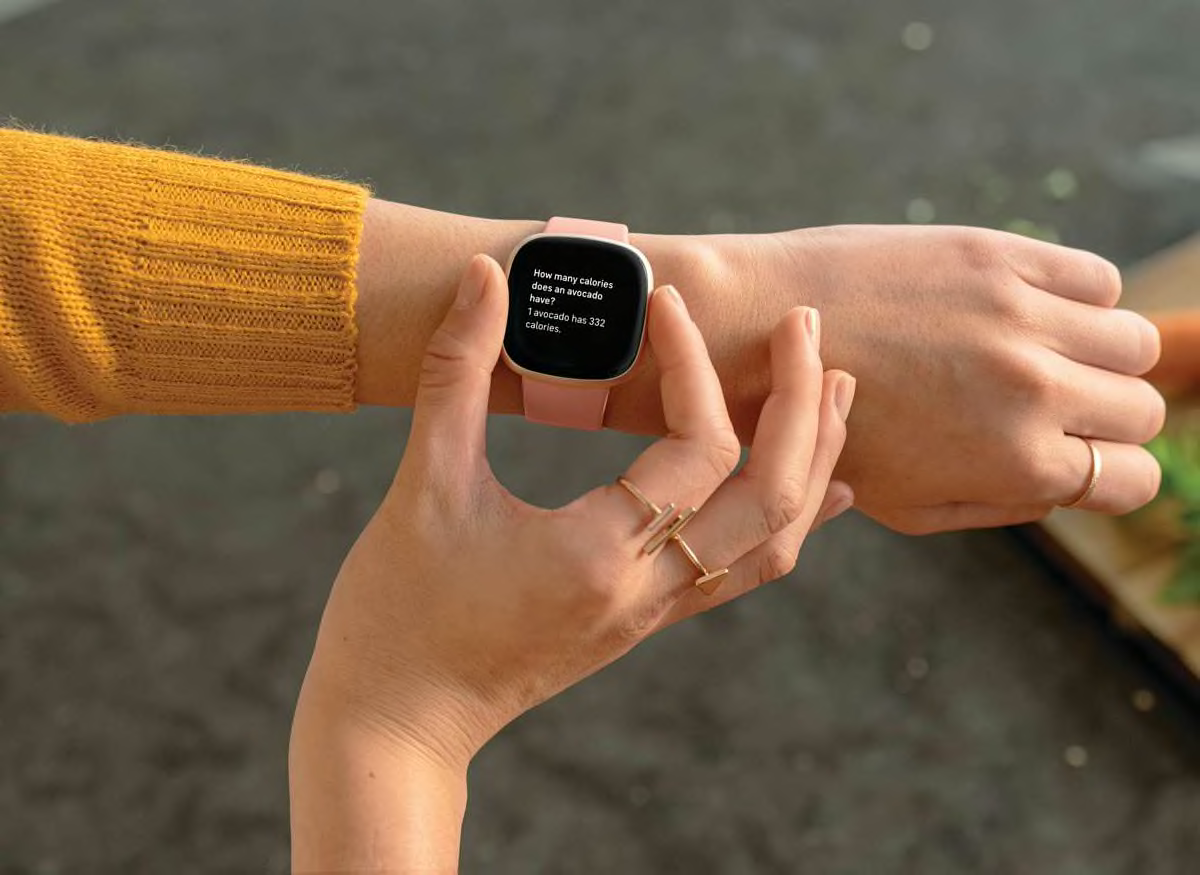
Voice Control and Commands
The Apple Watch and some smartwatches that run on Google’s Wear OS have a microphone and speaker that allow you to summon a voice assistant and use spoken commands to send texts, access apps, respond to messages, and search the internet.
PHOTO: FITBIT
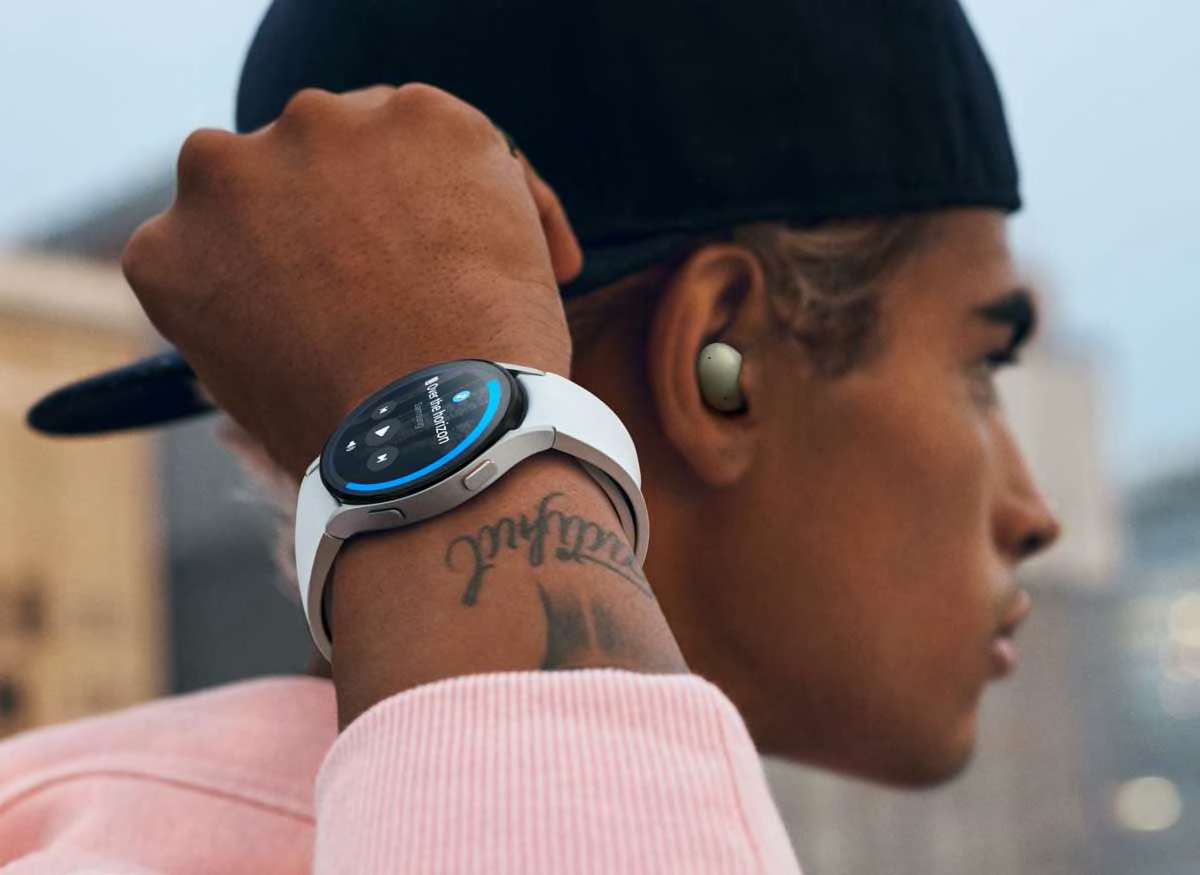
Apps
Smartwatches, like other smart devices, can run apps for health and fitness, navigation, weather, social media, and much more. The range of apps varies depending on the operating system, and developers are adding new apps that can increase the functionality of these devices. Note that some pared-down fitness trackers, like those from Fitbit or Amazfit, don’t offer access to the full range of third-party apps.
PHOTO: SAMSUNG
Pairing
You might want to think about a smartwatch or fitness tracker as a smartphone accessory because most of them connect to your phone via Bluetooth or a WiFi network. Even smartwatches with cellular data connections rely on a connection to your phone.
PHOTO: FOSSIL
Notifications and Alerts
When paired with your smartphone, a smartwatch can notify you—via vibration, sound, or both—of incoming calls, texts, messages, social media notifications, and other things.
PHOTO: APPLE, FOSSIL
Messaging and Phone Calls
Most smartwatches let you respond to incoming email and texts. Some offer prepopulated replies, such as “Sorry, I’m busy right now” and “I’ll call you back later.” Others have a microphone and a speaker that will allow you to take phone calls and dictate messages. A watch with cellular capability will allow you to take and make calls without your smartphone in tow.
PHOTO: APPLE, FOSSIL
Activity Tracking
Most smartwatches and fitness trackers can count your steps and monitor your heart rate, while others feature barometers and GPS tracking to help track your outdoor workouts. Many work with fitness apps that keep records of your workouts and daily movement and help you track your calorie intake and calories burned. Some have sleep tracking functions that can tell you how long you slept at night, along with other detailed data about your slumber.
PHOTO: SAMSUNG
Voice Control and Commands
The Apple Watch and some smartwatches that run on Google’s Wear OS have a microphone and speaker that allow you to summon a voice assistant and use spoken commands to send texts, access apps, respond to messages, and search the internet.
PHOTO: FITBIT
Apps
Smartwatches, like other smart devices, can run apps for health and fitness, navigation, weather, social media, and much more. The range of apps varies depending on the operating system, and developers are adding new apps that can increase the functionality of these devices. Note that some pared-down fitness trackers, like those from Fitbit or Amazfit, don’t offer access to the full range of third-party apps.
PHOTO: SAMSUNG
Smartwatch Buying Guide Video
In this video we share some key things to consider when you’re ready to start shopping.

















